Gadgets And Technology Daily News | 01 Jun 2023

Views (186)
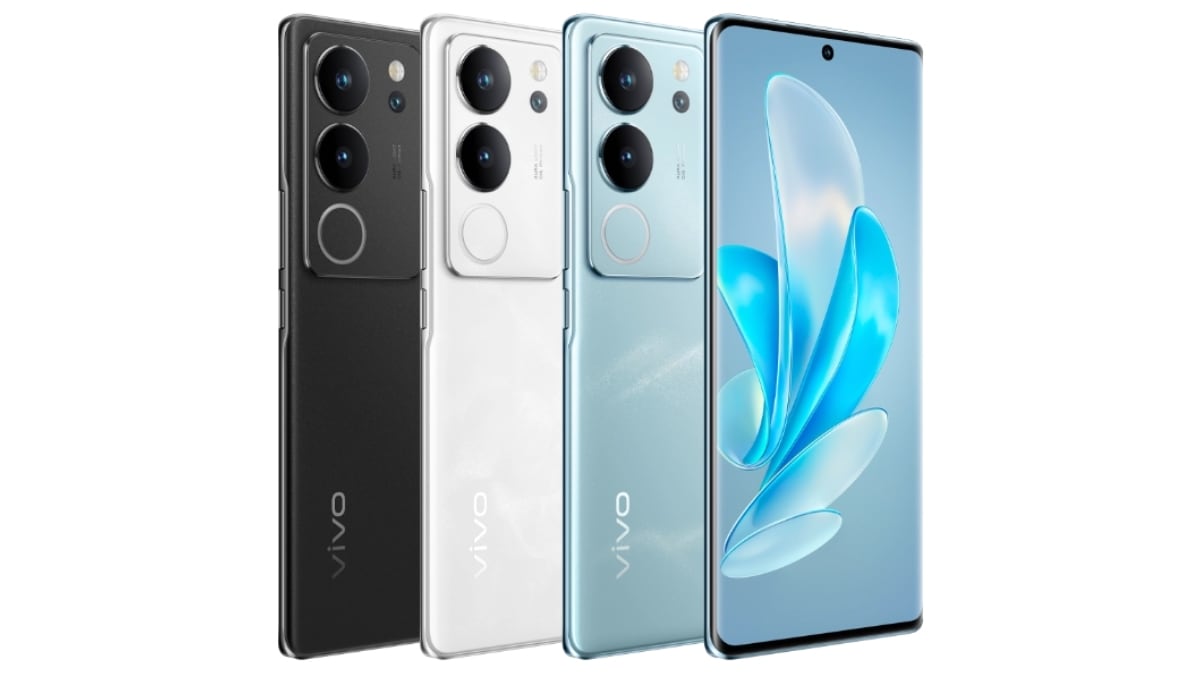
Xiaomi Reportedly Extends Warranty of Redmi Note 10 Pro, Note 10 Pro Max, Mi 11 Ultra and Poco X3 Pro: Details
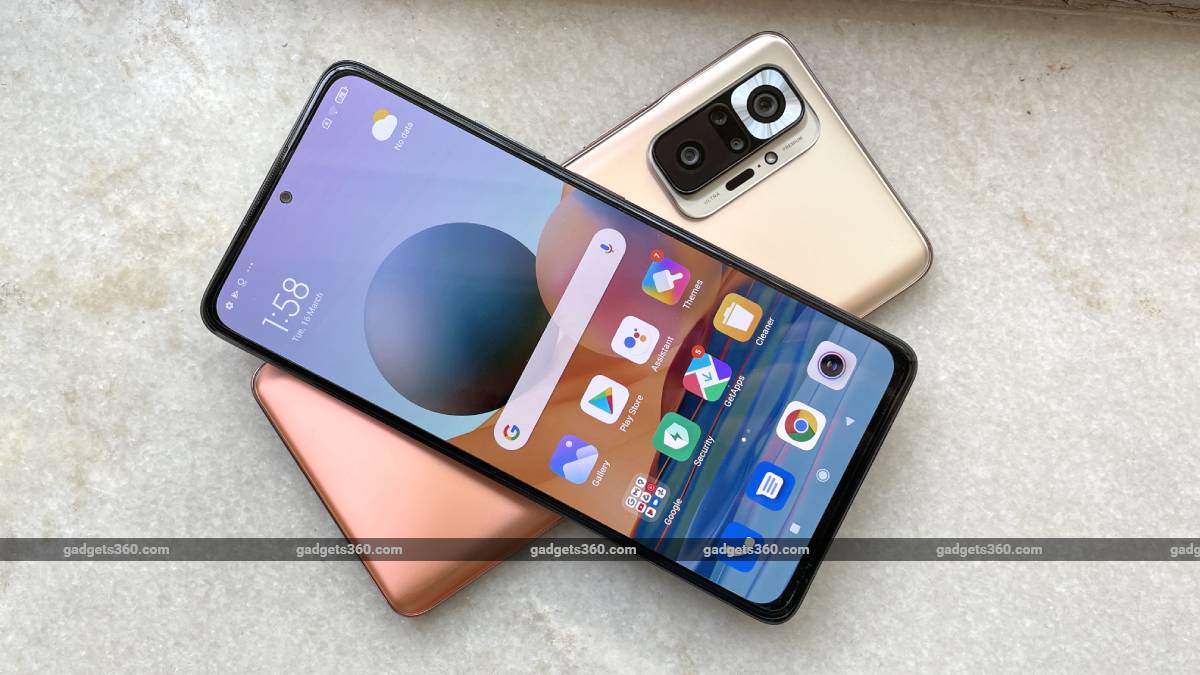
Xiaomi has reportedly extended the warranty of a few smartphone models in India. The existing warranty of these smartphones has been extended to two according to details shared by a tipster, who claims that the additional warranty period will be applicable to owners of select Redmi, Xiaomi, and Poco branded smartphones. The announcement was reportedly made by the company during an event on Discord, and the smartphone maker is yet to share details about the development via other channels.
According to a report by 91Mobiles citing tipster Debayan Roy, Xiaomi announced during a recent event held on Discord that it was extending the warranty of the Redmi Note 10 Pro, Redmi Note 10 Pro Max, Mi 11 Ultra, and Poco X3 Pro in India. Customers will have a two-year warranty from the date of purchase of the smartphone, as per the report.
The report states that the warranties of these phones have been extended due to customers' complaints related to the smartphones' cameras and motherboard. Gadgets 360 has reached out to Xiaomi for comment and will update this story once a response is received.
The extension of the warranty of these smartphones by two years will reportedly cover free repairs or replacements of the previously mentioned smartphones, in connection with issues related to the cameras and motherboards, at no additional cost. Users will need to share their purchase invoice of the smartphone to avail of the extended warranty.
Meanwhile, the report states that smartphones that have been rooted, or sustained physical or liquid damage, or have been tampered in any way, will not be covered by the extended warranty.
The Redmi Note 10 Pro and Redmi Note 10 Pro Max were launched by Xiaomi in India in March 2021, followed by the arrival of the Poco X3 Pro. The Mi 11 Ultra made its debut in the country a month later. Customers can bring their devices to the nearest authorised Xiaomi service centre along with the purchase invoice that includes the IMEI number of the smartphone in order to avail of the extended warranty service, according to the report.
Nothing Phone 2 Display Size Revealed, Claimed to Be More Sustainable: All Details
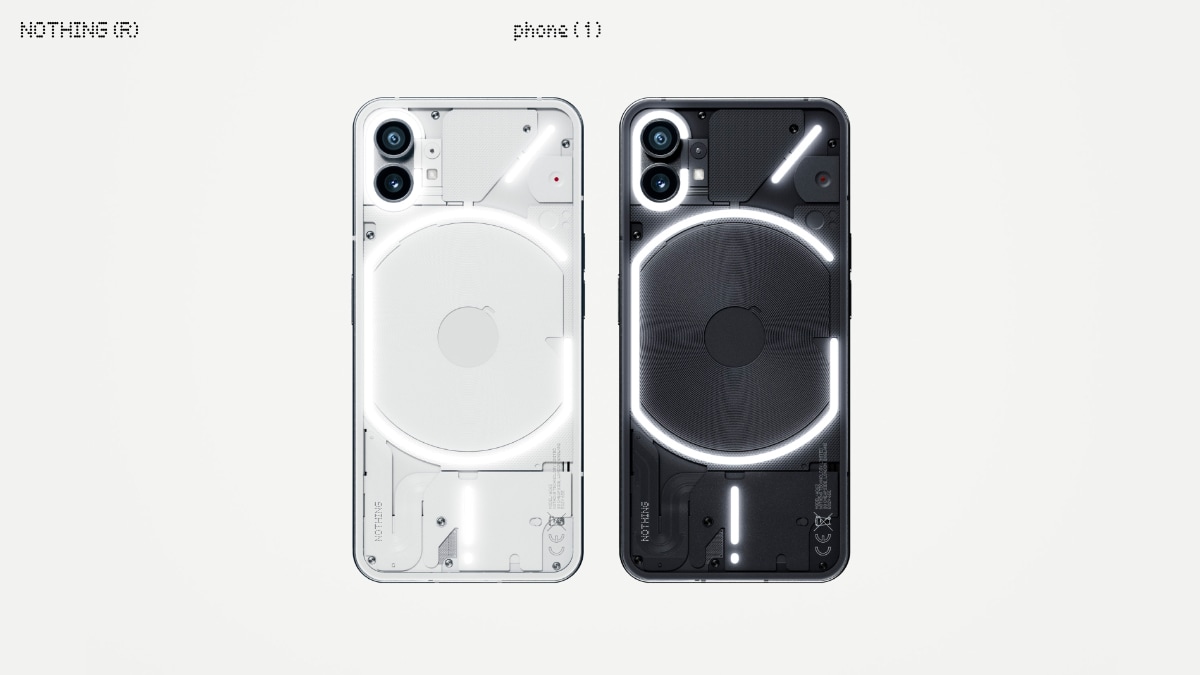
Nothing Phone 2 is confirmed to launch globally in July. It will launch as the successor to the Nothing Phone 1 that was released in July 2022. Nothing CEO and former OnePlus Co-Founder Car Pei had previously confirmed a few key specifications of the handset. The upcoming smartphone will be powered by a Qualcomm Snapdragon 8+ Gen 1 SoC and will be backed by a 4,700mAh battery. The design of the Phone 2 is speculated to be similar to that of the first one. Now, the company has also revealed the display size of the phone, and a few other details.
In a Twitter thread, Nothing shared that the display of the Nothing Phone 2 will be 0.15-inch bigger than that of Nothing Phone 1. The first generation smartphone from the company sports a 6.55-inch full-HD+ (2400 x 1080 pixels) display. Therefore, the Phone 2 will feature a 6.7-inch screen.
Previously, alongside confirming the phone's July launch, Pei said that the Nothing Phone 2 will come with a 4,700mAh battery, which is 200mAh bigger than that of the 4,500mAh battery of the Phone 1. Today, the company said that these changes will "boost overall performance" of the upcoming handset, all while maintaining a carbon footprint of 53.45 kilograms, over 5 kilograms lower than the Phone 1.
Earlier this month Pei confirmed that the Nothing Phone 2 will be powered by an octa-core Qualcomm Snapdragon 8+ Gen 1 SoC, a considerable upgrade from Phone 1's Qualcomm Snapdragon 778G+. Initial tests of the phone claimed that the Nothing Phone 2 is twice as fast compared to Phone 1. It is said to be about 80 percent more productive than its predecessor. The company also announced today that it will offer 3 years of Android updates and 4 years of security updates for the Nothing Phone 2.
Sold in a plastic-free packaging, the Nothing Phone 2 is claimed to have three times more recycled or bio-based parts as opposed to the Phone 1. The upcoming model uses 100 percent recycled tin on 9 circuit boards, 100 percent recycled copper foil on the main circuit board, over 90 percent recycled steel on all 28 steel stamping parts, and 80 percent of plastic parts are sustainably sourced, the company stated in a series of tweets.
Alongside claiming that the Nothing Phone 2 uses 100 percent recycled aluminium made with 100 percent renewable energy for the handset's mid-frame, Nothing claims that the final assembly plants of the smartphone are also powered by 100 percent renewable energy.
Motorola Razr 40 Ultra Complete Specifications Leaked Ahead of June 1 Launch
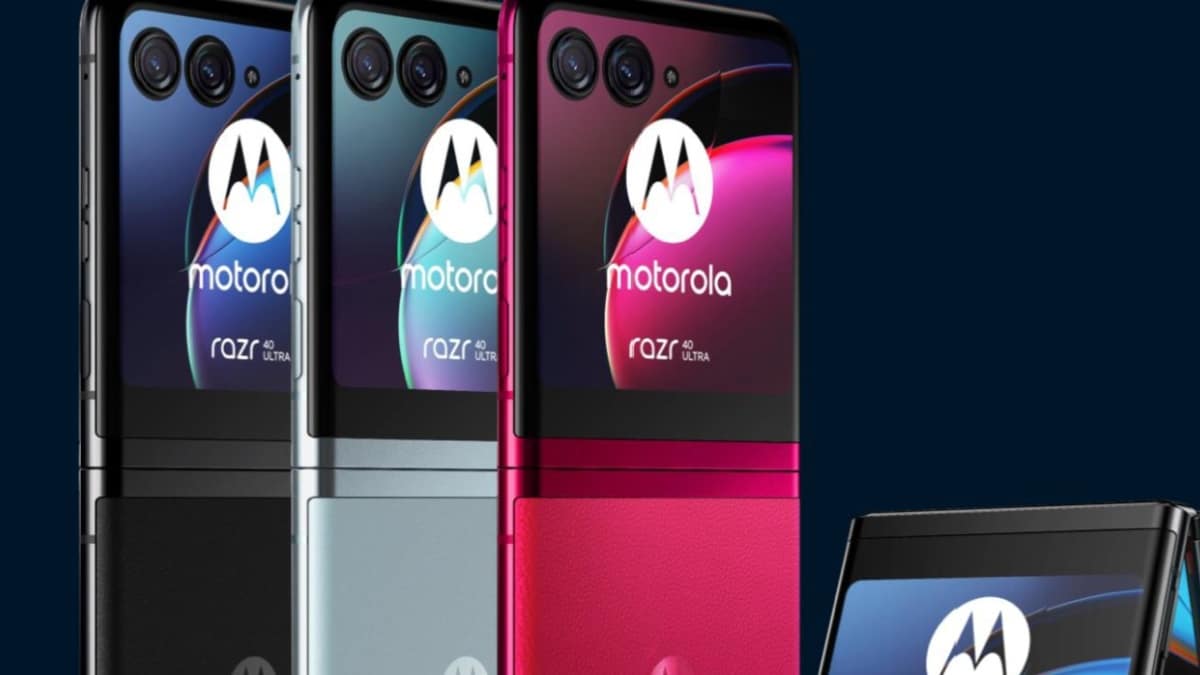
Motorola Razr 40 Ultra is expected to launch soon as a successor to the Moto Razr 2022. The phone is also speculated to carry the Motorola Razr+ or Motorola Razr 2023 monikers in select regions. The clamshell foldable was recently spotted on benchmarking platform Geekbench and China's Compulsory Certification (3C) websites, which suggested some specifications of the handset. Now, a tipster has leaked the complete specifications of the phone online.
Tipster SnoopyTech (@_snoopytech_) shared on Twitter a specifications sheet of the Motorola Razr 40 Ultra. The attached image suggests that the phone will be offered in three colour options - Infinite Black, Glacier Blue, and Viva Magenta. According to the image, the model will only be offered in a single 8GB + 256GB configuration.
The foldable Motorola smartphone is expected to arrive with the biggest external display among any of its competitors. The Oppo Find N2 Flip sports a 3.25-inch external screen, while the upcoming Samsung Galaxy Z Flip 5 is expected to flaunt a 3.4-inch cover display. The Motorola Razr 40 Ultra is listed to feature a considerably larger 3.6-inch pOLED panel with a refresh rate of 144Hz and Corning Gorilla Glass protection, as per the leaked image.
For the main inner display, the Motorola Razr 40 Ultra is seen to have a 6.9-inch full-HD+ (2220 x 1080 pixels) pOLED screen with a refresh rate of 165Hz, an aspect ratio of 22:9, and HDR10+ support. The dual nano SIM-supported phone is expected to run stock Android 13. It is tipped to be powered by an octa-core Qualcomm Snapdragon 8+ Gen 1 5G SoC paired with 8GB of RAM and 256GB of non-expandable inbuilt storage.
In terms of optics, the dual rear camera unit on the Motorola Razr 40 Ultra is listed to include a 12-megapixel optical image stabilisation (OIS) supported sensor and a 13-megapixel sensor with an ultra-wide macro lens. The front camera is likely to be equipped with a 32-megapixel sensor.
As seen in the leaked image, the Motorola Razr 40 Ultra is backed by a 3,800mAh battery with 33W wired fast charging and 5W wireless fast charging support. The phone is seen to offer an IP52 rating, and for security, it has a side-mounted fingerprint sensor. It is listed to sport a USB Type-C port and support 5G, WiFi 6E, NFC, and GPS connectivity.
The Motorola Razr 40 Ultra is expected to measure 170.83mm x 73.85mm x 6.99mm in size when unfolded, and 88.42mm x 73.95mm x 15.1mm when folded, as per the leaked image. It is also seen to weigh 188 grams. An earlier leak suggested that the phone could be marked at a price of SAR 3,999 (roughly Rs. 88,400).
Apple Supplier Foxconn Says AI Applications Will Drive Demand for Its Server Business
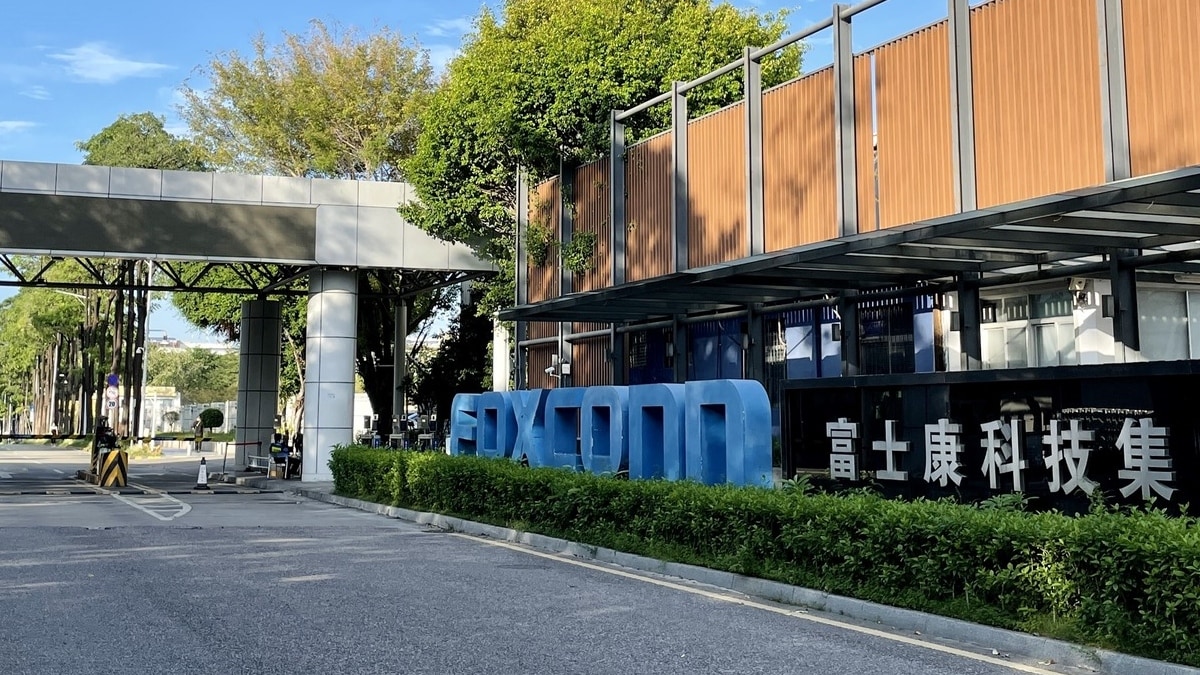
Apple supplier Foxconn said on Wednesday that artificial intelligence applications would strongly drive demand for its server business this year but reiterated 2023 overall would be a flat one for the company on global economic woes.
Foxconn Chairman Liu Young-way told the company's annual shareholders meeting the firm remained cautious about this year due to monetary policy tightening, geopolitical tensions and uncertainty over inflation, but servers were a bright spot due to surging interest in AI.
"More and more people are using ChatGPT," he said. "You can see the market for AI servers will rise much faster than expected. We expect that in the second half of this year there may be a three digit increase."
The Taiwanese company has a 40 percent global market share for servers and aims to further increase that, Liu added.
In the first quarter, Foxconn's cloud and network products segment, which includes servers, accounted for 22 percent of revenue, second only to smart consumer electronics —which includes smartphones — at 56 percent
Foxconn this month posted a 56 percent plunge in first-quarter net profit, lagging forecasts in its biggest quarterly fall in three years, and said visibility for the full year was "limited".
The company, the world's largest contract electronics maker, wants to replicate the success it has had with Apple's iPhone with electric vehicles (EV).
Foxconn, formally called Hon Hai Precision Industry, has acquired the former General Motor plant in Lordstown, Ohio, and has also hired a former Nissan executive, Jun Seki, to lead expansion efforts in EVs, where it hopes to become a major manufacturer.
The company is considering expanding its EV battery supply chain beyond Taiwan, possibly into the United States, Indonesia and India, Liu said.
Foxconn, which assembles around 70 percent of iPhones, has been diversifying production away from China, whose strict COVID-19 restrictions disrupted its biggest iPhone plant last year. The company is also seeking to avoid a potential hit to its business from mounting trade tensions between Beijing and Washington.
Liu said China, including its massive iPhone plant in China's Zhengzhou, remained very important for Foxconn.
"The culture there is very similar, our rules and regulations are a bit different, but there is no problem when it comes to talent. So it's relatively easier for us to start new undertakings there. We'll work hard to keep developing there."
© Thomson Reuters 2023
Baidu Launches $145 Million Venture Capital Fund for Startups Working on AI

Chinese search giant Baidu will set up a venture capital fund of CNY 1 billion (roughly Rs. 1,200 crore) to back start-ups focused on content generated by artificial intelligence applications, it said on Wednesday.
The company will also launch a competition for developers to build applications off its ERNIE large language model (LLM) or integrate the model into their existing products, it added.
Chinese tech companies have raced to release their own LLMs following the dramatic success of ChatGPT, the AI-powered chatbot released by Microsft-backed OpenAI.
Almost 80 organisations in China have launched their own LLMs since 2020, with releases this year slightly exceeding those of the United States, a report showed this week.
In March, Baidu unveiled Ernie Bot, its own AI-powered LLM. E-commerce giant Alibaba Group Holding was among the other Chinese companies that followed quickly.
In response to the surge of LLMs, China published draft regulations in April on the use of generative AI.
© Thomson Reuters 2023
Vivo S17 Series With 50-Megapixel Front Cameras, 120Hz Displays Launched: Price, Specifications

Vivo S17 series was launched in China on Wednesday. The lineup includes the base Vivo S17, Vivo S17t, and Vivo S17 Pro. These models join the Vivo S17e, which was released earlier this year in March. The newly launched handsets sport 6.78-inch full-HD AMOLED displays and pack 4,600mAh batteries with 80W wired flash charging support. Each model is offered in three colour variants and three storage configurations. The standout feature of the series is the 50-megapixel front camera sensors that each phone comes equipped with.
The base Vivo S17 and the Vivo S17t models are available in three storage variants. The 8GB + 256GB variants of the two phones are priced at CNY 2,499 (roughly Rs. 29,100), the mid-range 12GB + 256GB options are marked at CNY 2,799 (roughly Rs. 32,600), and the high-end 12GB + 512GB storage models are priced at CNY 2,999 (roughly Rs. 34,900). Both these handsets are offered in Black, Mountain Sea Green, and Sea of Flowers colourways. They are available for purchase on the Vivo China website.
Meanwhile, the Vivo S17 Pro is available in Black, Ice White Jade, and Mountain Sea Green colour option. Its 8GB + 256GB variant is marked at CNY 3,099 (roughly Rs. 36,100), while the 12GB + 256GB and the 12GB + 512GB variants are priced at CNY 3,299 (roughly Rs. 38,400) and CNY 3,499 (roughly Rs. 40,700), respectively. This is also on sale on the company's China website.
The Vivo S17, VIvo S17t, and Vivo S17 Pro models feature 6.78-inch full-HD+ (2800 x 1260 pixels) AMOLED displays with a refresh rate of 120Hz and an aspect ratio of 20:9. The dual nano SIM supported smartphones boot Android 13 with OriginOS 3 on top out-of-the-box.
The base Vivo S17 is powered by a Qualcomm Snapdragon 778G+ SoC, while the Vivo S17t is powered by a MediaTek Dimensity 8050 chipset. Meanwhile, the Vivo S17 Pro comes with a MediaTek Dimensity 8200 SoC. The chipsets are paired with up to 12GB of LPDDR4x RAM and up to UFS 3.1 512GB of inbuilt storage.
For optics, the 50-megapixel front cameras of the Vivo S17 series phones are housed in a centre-aligned punch-hole slot at the top of the display. The Vivo S17 and Vivo S17t variants feature a dual rear camera unit including a 50-megapixel primary sensor with optical image stabilisation (OIS) and an 8-megapixel sensor with an ultra-wide lens.
On the other hand, the triple rear camera unit of the Vivo S17 Pro includes an OIS-supported 50-megapixel primary sensor, a 12-megapixel sensor with a telephoto portrait lens, and an 8-megapixel sensor with a wide-angle lens. The rear camera units on all the handsets are accompanied by a ring light alongside an LED flash panel.
All three phones pack 4,600mAh batteries and come with 80W wired flash charging support. The smartphones come with USB Type-C charging port and audio jack. For security, the handsets are equipped with side-mounted fingerprint sensors and AI face unlock features. The phones also support WiFi 6, GPS, NFC, and Bluetooth v5.2 connectivity.
Weighing 186 grams, the Vivo S17 and the Vivo S17t measure 164.18mm x 74.37mm x 7.46mm in size, whereas the Vivo S17 Pro weighs 188 grams and measures 164.18mm x 74.37mm x 7.46mm.
0 Likes
